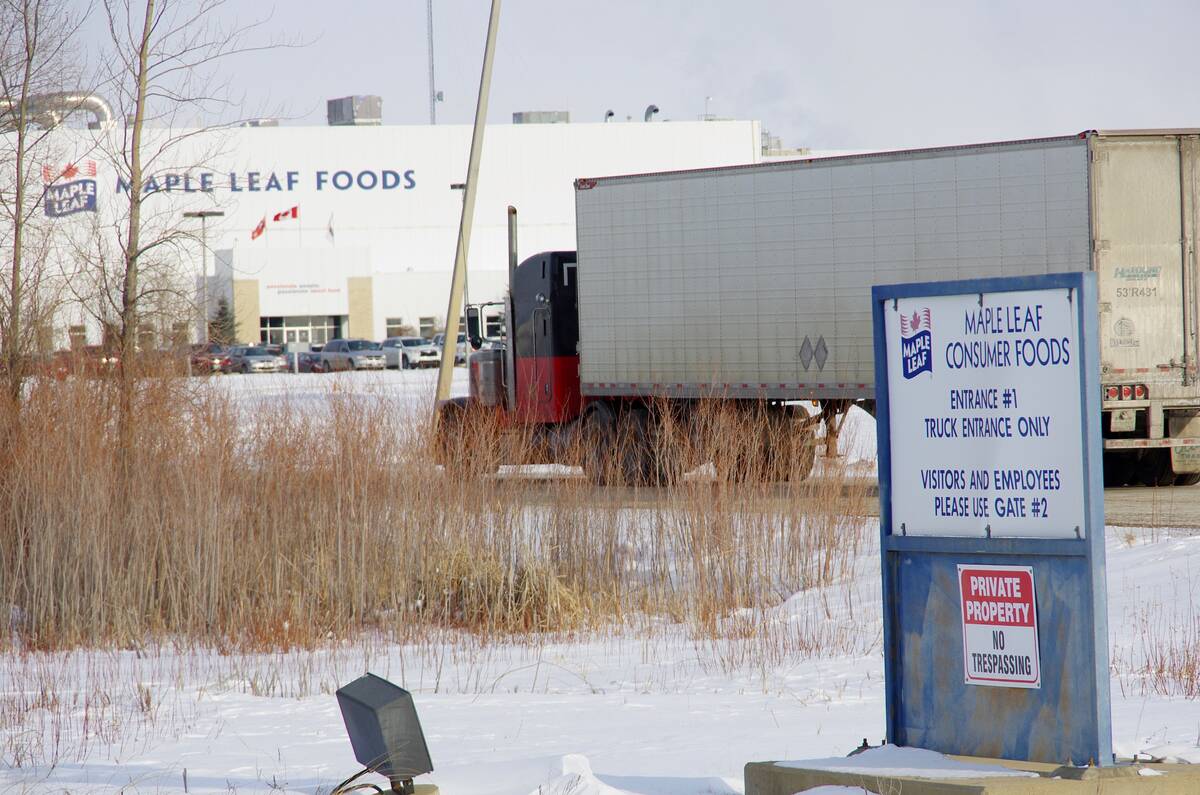HIGH RIVER, Alta. – By feeding his cows every other day, Dave Thevenaz expected his workload to be cut in half.
“I was hoping to have half as much work but it was really about a third,” said the producer from Bentley, Alta. “The true labor savings didn’t show up as much as they would if all were being fed that way,” he said.
Thevenaz was part of an Alberta Agriculture feeding trial to see how well cattle do on an alternate-day feeding program. His herd of about 60 cows was split into two groups for a 130-day feeding period. Cows and heifers were fed together.
Read Also

Manitoba pork exports gain new market ground
Manitoba’s pork trade pivoted from China over the last five years, while Japan is remains the largest customer and South Korea and Mexico market footholds have grown
The results were favorable enough that he would do it again on his own. The experiment was tried in 1995 and 1997.
His herd of mainly British cross cows did well, but first and second calf heifers should have had more feed.
“The heifers should be separated. They didn’t have enough aggression in them,” said Thevenaz.
All animals were weighed. All bales, consisting of grass and some alfalfa, were weighed and tested for nutritional value.
A control group was fed bales on the ground every day in a separate field. Grain was provided for additional energy on days when the temperature didn’t rise above -20 C.
The alternate-day group received twice as much hay as usual on one day, then nothing the next. Free choice barley and wheat straw was offered in self feeders.
“If they wasted anything the first day, they cleaned it up the second day,” said Thevenaz.
He observed animals on the alternate-day feeding program were more efficient in cleaning up feed compared to the control group.
They drank from automatic waterers or consumed snow. They couldn’t measure accurately if the cattle drank more or less, said Thevenaz.
The appearance of the alternate-day fed animals was the same except among the younger females.
“I would have liked to have seen the first and second calf heifers look a little shinier than they were,” he said.
Animals were moved to a fresh spot every feeding period so the manure was spread evenly and the cattle received fresh food.
“That way we don’t have to spread manure. We make the cow do it. We want the cows to work for us,” he said.
The test ended about a month before calving. Condition and rebreeding were fine and there was no difference between the test and control groups in terms of calving problems or calf size.
Thevenaz also tracked his time. While he didn’t save as much time as he expected, there were savings on labor.















